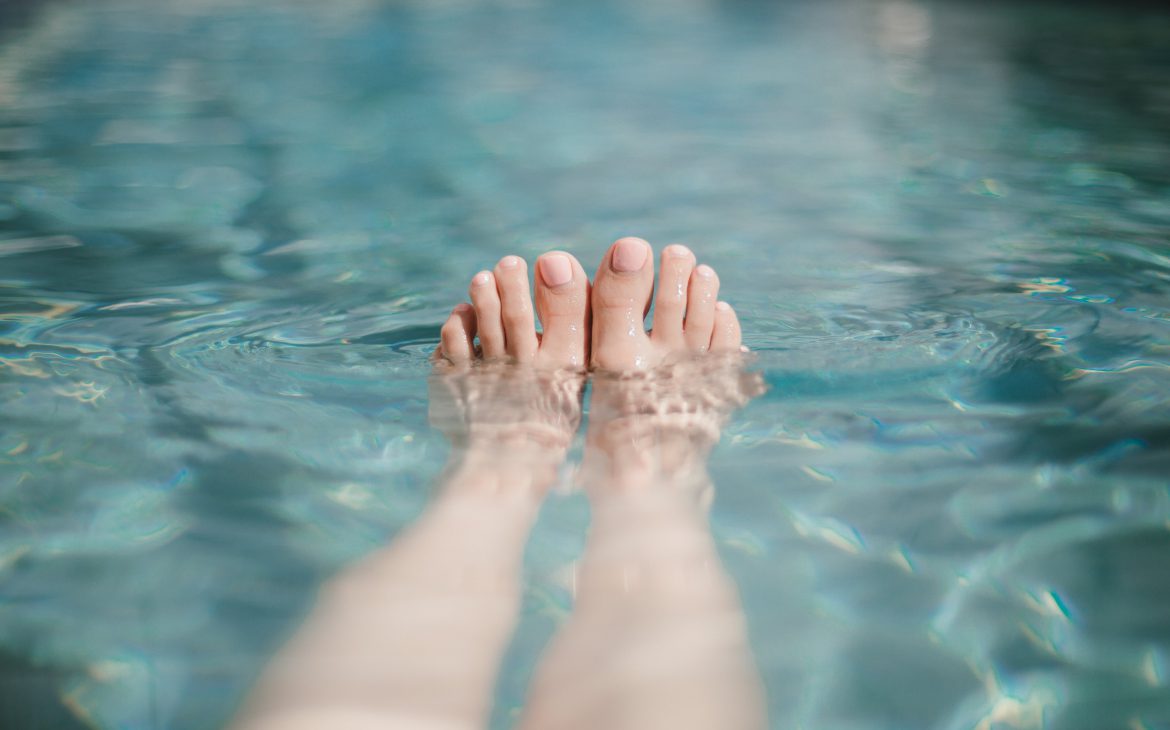It is so common to see a public preference for intensive exercising routines in the hope of reaching better and quicker results, that low-impact workouts are underrated in people’s mind. However, the more you push your limits, the more likely it is for you to get an injury or to end up going over the top. But is that really necessary?
A recent study made by the University of Bath had two separate groups of people. One was exercising in a high-impact routine, the other in a low-impact. After 1 week, both lost the same amount of weight. The difference is that when you are under a low-impact routine, you can exercise for longer, but that doesn’t affect the results.
Below, we have taken examples and ideas that hopefully will break the stereotype that low-impact workout doesn’t bring results and are exercises for lazy people.
What are low-impact exercises?
If you think that low-impact is a routine only for older or injured people, you are mistaken. It is actually a form of workout where you will always have one foot grounded, preventing from pushing your joints and bones, as you will always have support.
Cycling, Yoga, Pilates and Walking are only a few of the types of low-impact activities you can do.
Why to chose low-impact?
It is a chemical fact that we want to save energy instead of spending it _hence why we hate exercising so much until we actually start to do it. When choosing a low-impact workout, we feel more keen to keep going as we know that we won’t suffer from exhaustion while doing it so. It is a sense of accomplishment and empowerment, mixed with the endorphins released from a good workout!
Also, bear in mind that pregnant women and beginners in the universe of physical activity are also welcome to take part in the low-impact workouts.
Who should not opt for low-impact?
If you are used to training on a treadmill or you are an extremely active athlete, low-impact may seem boring in your eyes. Low-impact workouts are also not recommended for people that are looking for a start to train for a specific sport, as they tend to have a lack of strict routine or diet attached to it.
How can I start?
Cardio exercises are a great way of getting your body fit. Walking is underrated but it actually can bring amazing results for your heart health, especially when done the correct way. If you believe that it is too easy, try challenging yourself by adding ankle weight or by walking in hills or hiking.
When it comes to exercises like Pilates and Yoga, they are a great mix of mindfulness, relaxation and exercises and they can help with anxiety, depression and stress. In many cases, you may surprise yourself in the next day, as they can be as hard for the muscles as hours at the gym. Why is that? Because high-impact exercises contracts and relaxes the muscles in a certain speed, but they are not worked up to the maximum. Meanwhile, low-impact challenges your muscles to complete exhaustion before you relax them.
Low-impact at the gym
Even though you may look around you and only see muscly people with heavy weight and going fast and furious at the treadmill, don’t worry! A gym has a lot to offer in terms of equipment for a low-impact workout.
The treadmill can be used for walks and you can even adjust its resistance and level, so you can act as if you are going up on a hill, which is a great exercise for cardio as mentioned above. You can also replace the treadmill with elliptical or cycling. Rowing is also a great way of getting all your body active without pushing your joints.
If you are a member of a gym that offer classes, opt into the Pilates, Yoga and Meditation classes so you can take a shot on the mindfulness side of exercising.
Low-impact workout benefits
On a general view, low-impact workouts have the same benefits than high-intensity exercising, but they are developed for people who may have previous joints injuries or others. They are slower, controlled movements, but usually way more dynamic than other types of training.
In many cases, they can be water-based activities such as swimming classes and hydrogymnastics, which are extremely beneficial for people that suffer from muscle soreness, back pains and even pregnant women as water is like a cushion for the body weight.
Low-impact workouts can help you get your body toned, strengthened and shaped, while you still can get to learn to breathe techniques that can assist you with anxiety and depression without having the pressure of running or reaching a certain speed goal that HIIT may have. You may be even more surprised with those results!

